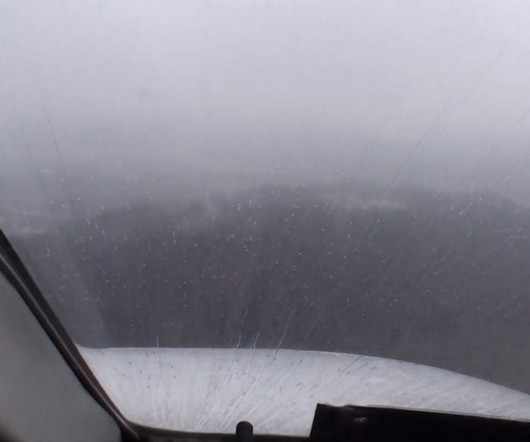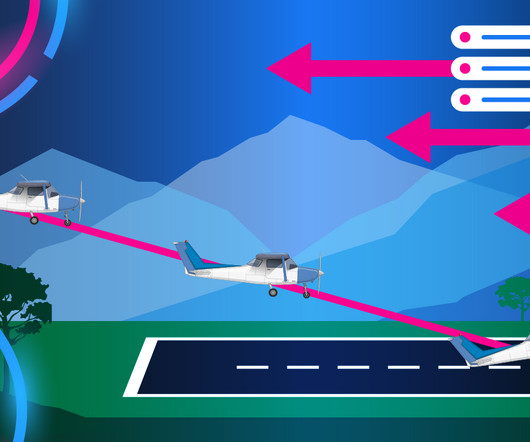Danger lurks in circling approaches
Air Facts
MAY 10, 2024
Particular attention to true airspeed vs. turn radius. At what AGL altitude will the aircraft be in a stable/configured condition? (No FAA parameters are no lower than 500’ AGL for stabilized criteria What specific runway lighting do we expect to see? No later than). What are the criteria for a Missed Approach Command?














Let's personalize your content